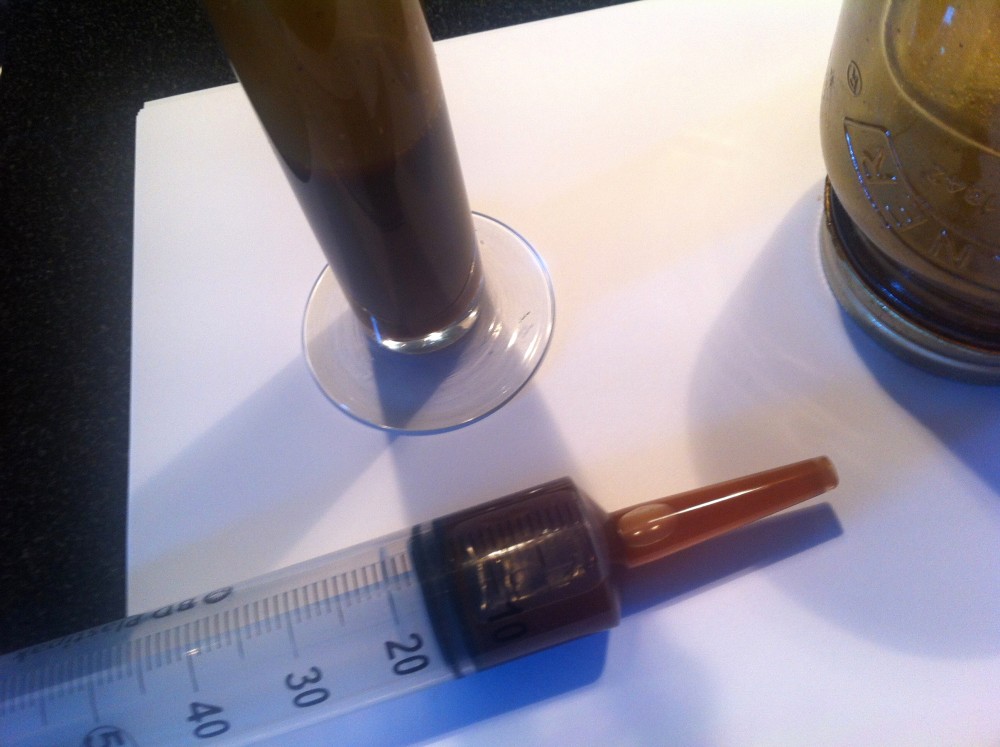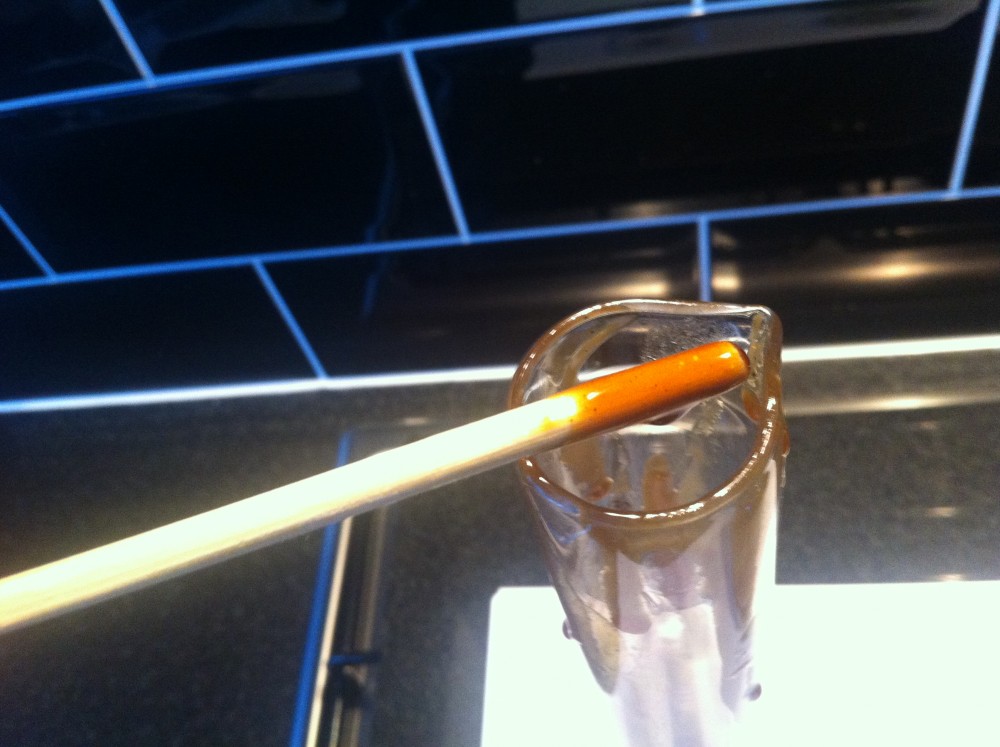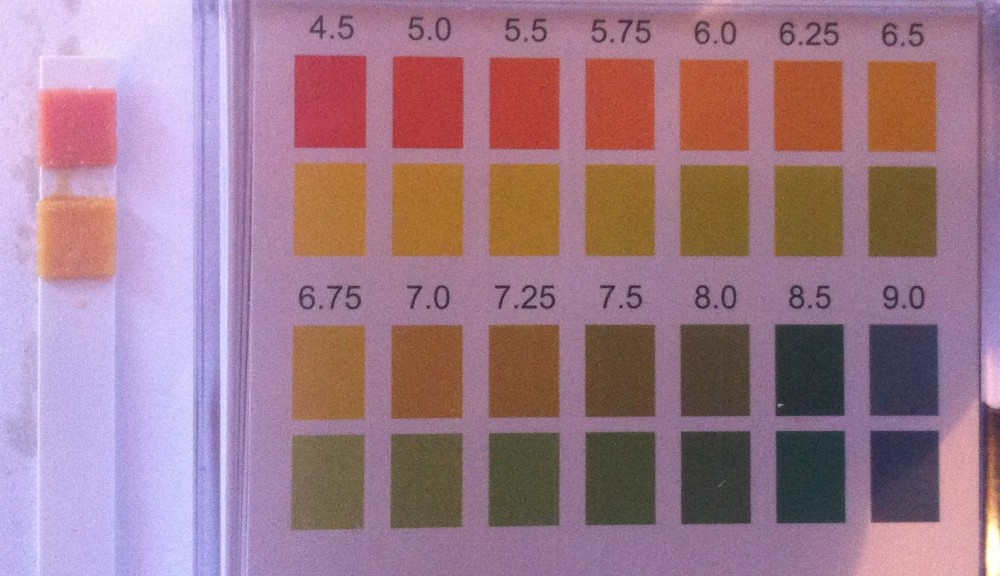I'm not sure if this belongs in this section, or in DIY / Crafts, but I experimented with making pine tar yesterday and am unsure of what I've actually made and would like to be sure before I add it to my next batch of soap.
I wanted to make it from pine resin, but the pine trees in my local nature reserve didn't yeald more than a few small specks of resin, so I decided to make a batch from fatwood sticks.
The sticks say they are completely natural with nothing added… http://www.fatwood.com
I'll explain the method I used in case that gives any clues to anything I may have done wrong.
First I sunk a tin can into the ground of my firepit so that the top was level with the surface.
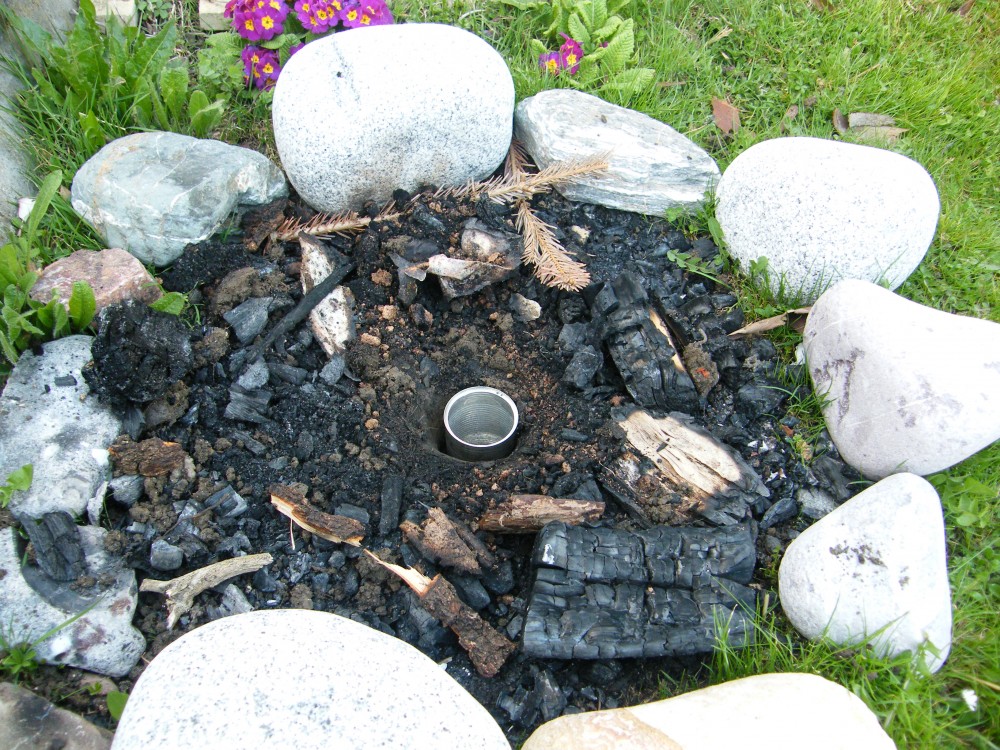
Then I made hole in the base of a larger tin which would house the fatwood sticks.

Then I filled the tin with fatwood sticks and placed it over the can so that it was touching the top of the collection can.
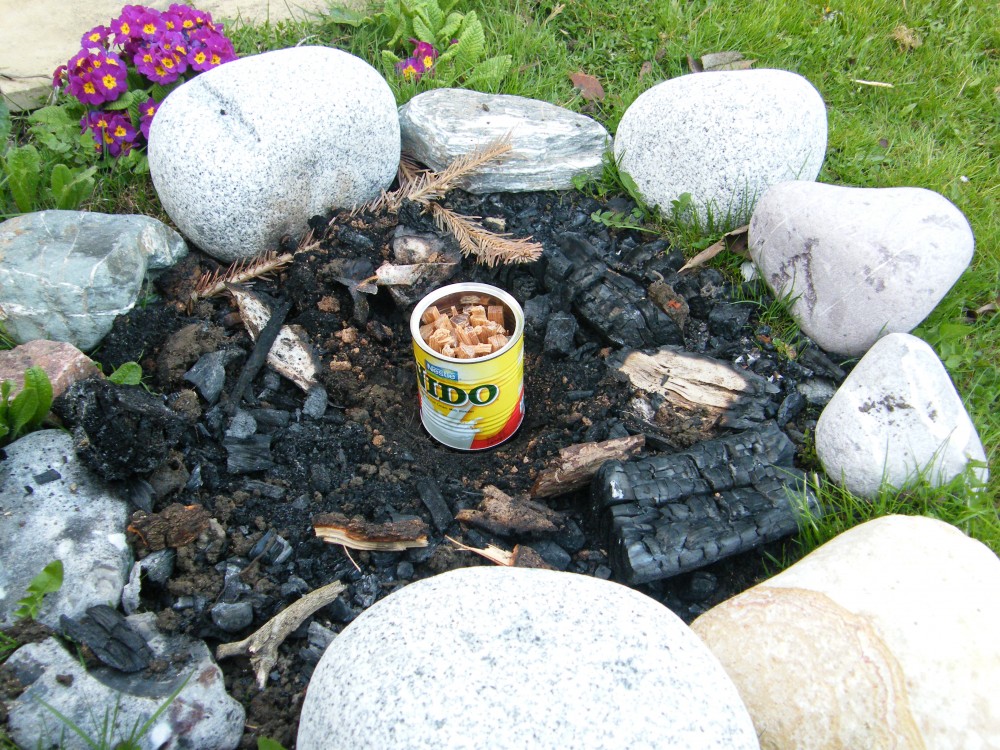
…and lit my fire which burned for around 2 hours (after placing a pot on the fatwood can to act as a lid and weighing it down with a rock).
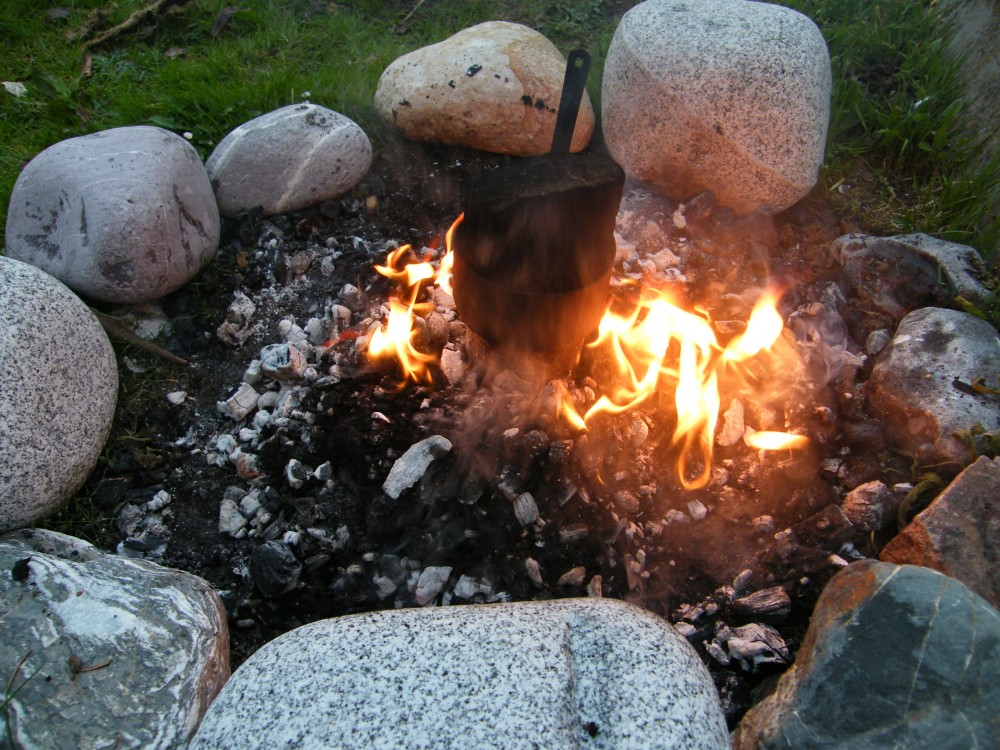
After the fire had died down I scraped away the coals and removed the rock and lid and found that I'd pretty much made charcoal as expected but that the charcoal was still a bit glossy. I took this to mean that I could have extracted more tar if I'd kept the fire going for longer.

As for the collection can, it had a fair amount of a thick fluid in it which smelled very strongly of a cross between pine tar soap and creosote. There were a few lumps of much thicker darker tar in the bottom.
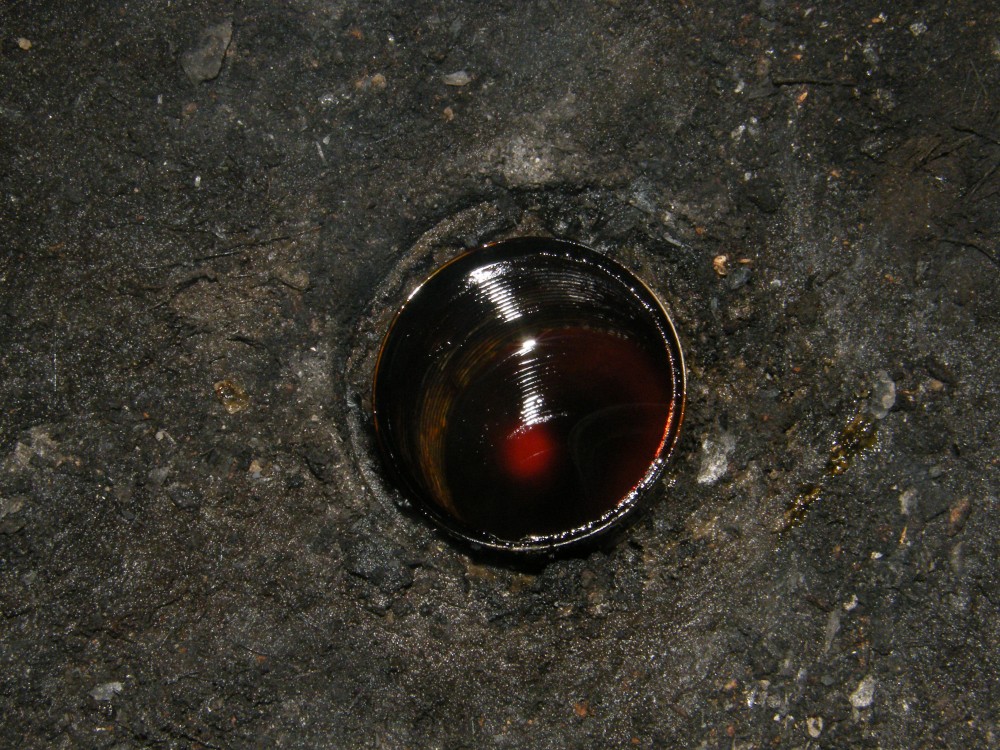
Once I'd transferred the oil / tar to a jar I could see that it had tar in it, but also whitish fluid which, after shaking, remained mixed and didn't separate out after 24 hours.
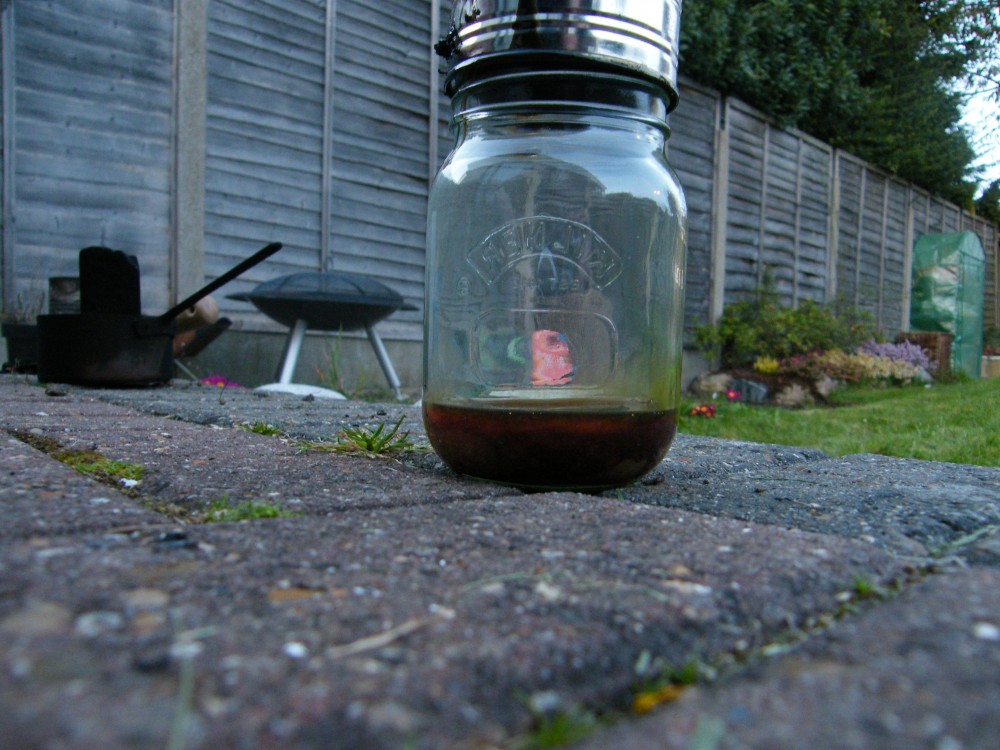
I suspect that I have made pine tar oil and that I could reduce it down (being cautious of the vapours and also igniting it) to a tar.
Am I way off the mark here?
I am also concerned that I have creosote, although the "kiln" was as closed as it could be which seems to prevent creosote forming.
Any comments or advice would be really appreciated, thanks.
I wanted to make it from pine resin, but the pine trees in my local nature reserve didn't yeald more than a few small specks of resin, so I decided to make a batch from fatwood sticks.
The sticks say they are completely natural with nothing added… http://www.fatwood.com
I'll explain the method I used in case that gives any clues to anything I may have done wrong.
First I sunk a tin can into the ground of my firepit so that the top was level with the surface.

Then I made hole in the base of a larger tin which would house the fatwood sticks.

Then I filled the tin with fatwood sticks and placed it over the can so that it was touching the top of the collection can.

…and lit my fire which burned for around 2 hours (after placing a pot on the fatwood can to act as a lid and weighing it down with a rock).

After the fire had died down I scraped away the coals and removed the rock and lid and found that I'd pretty much made charcoal as expected but that the charcoal was still a bit glossy. I took this to mean that I could have extracted more tar if I'd kept the fire going for longer.

As for the collection can, it had a fair amount of a thick fluid in it which smelled very strongly of a cross between pine tar soap and creosote. There were a few lumps of much thicker darker tar in the bottom.

Once I'd transferred the oil / tar to a jar I could see that it had tar in it, but also whitish fluid which, after shaking, remained mixed and didn't separate out after 24 hours.

I suspect that I have made pine tar oil and that I could reduce it down (being cautious of the vapours and also igniting it) to a tar.
Am I way off the mark here?
I am also concerned that I have creosote, although the "kiln" was as closed as it could be which seems to prevent creosote forming.
Any comments or advice would be really appreciated, thanks.
Last edited:


